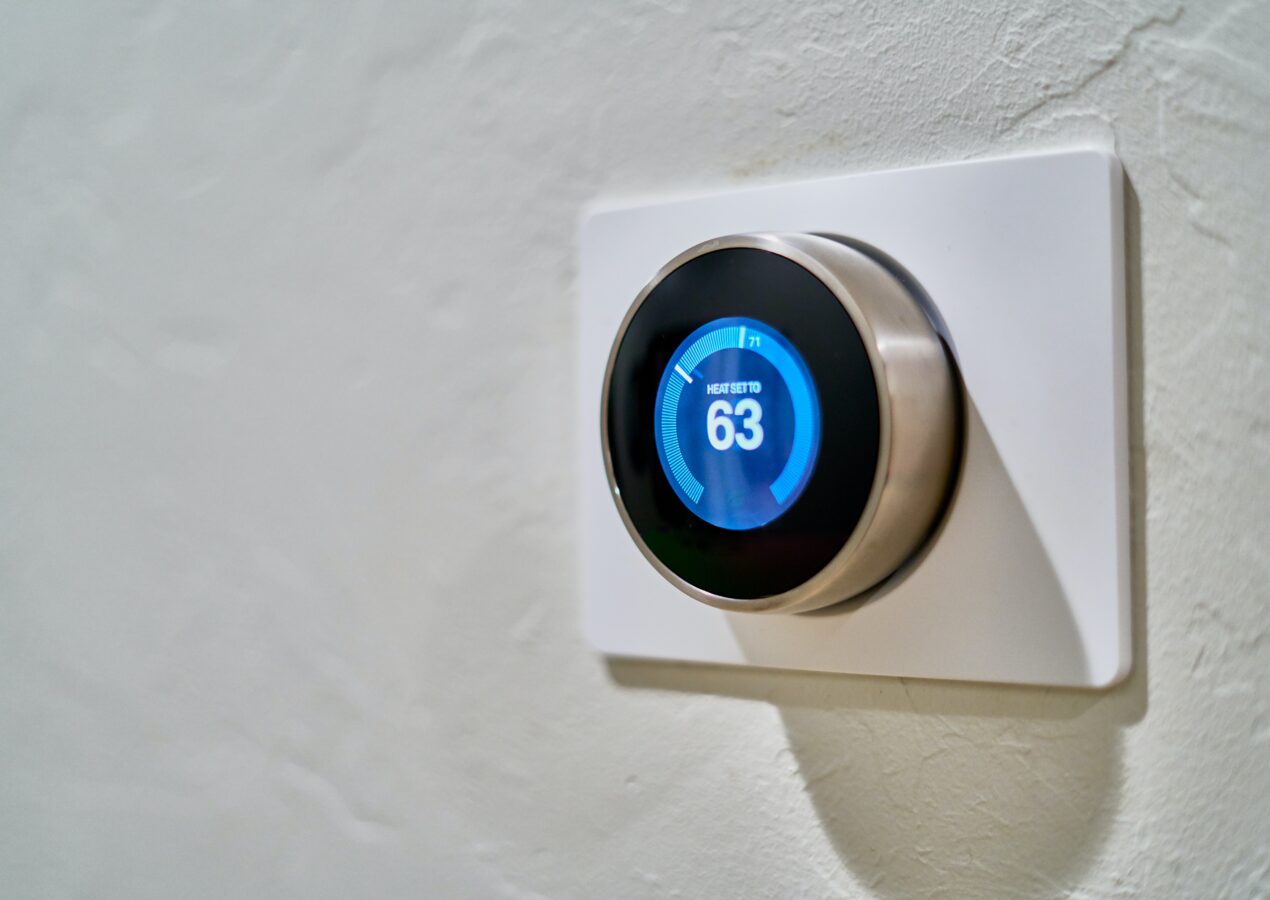We may receive a small commission for clicks or purchases made through our website or emails. This helps us fund the finds we share at no extra cost to you. Thanks for your support!
Almost every appliance has a “smart” version, from refrigerators to the simple lightbulb. And homeowners absolutely love them. Over a quarter of internet users in the US own at least one smart home device. Some buy them for increased energy efficiency and others get them for enhanced security and convenience.
The global smart device market is expected to grow to over $53.45 billion by 2022, too. So more people are anticipated to buy and implement smart home solutions in the future. But what are their actual advantages and what should you consider when buying them?
Enter the World of Smart Home Devices
If you’ve seen any appliance or machine from futuristic sci-fi movies and shows with voice-activated and automated functions, that’s exactly what smart home devices are trying to replicate. The text-book definition of a smart home device is an appliance or machine that can be controlled remotely and automatically by the user through a networked device, like a smartphone or tablet through the internet. Even your utilities can be connected now through smart grid tech.
The Future Really Is Now
Common examples of smart home devices include smart bulbs that you can toggle on and off and even change its lighting colors with just a few taps. You can also use smart plugs to remotely control the power of any appliance plugged into them. Need a cup of joe in the morning but don’t have the energy to brew one? Use a smart coffee maker that brews you a cup or two just as you wake up. The possibilities are nearly endless.
If you want to replace your appliances with their smart counterparts, consider some important factors:
The Hub
Every smart device needs to connect to a smart hub. It’s the brain that connects all the devices in your home and lets them communicate with each other. Your hub is the main control panel, so it should be responsive, durable, and reliable.
If you’re on a budget, get an Amazon Echo Dot. For less than $50, you can use it to control every smart device in your home using Alexa, the device’s voice assistant. You can also use it to set routines and guidelines for certain situations.
For example, if it senses that you’ve left the home, it’ll send a command to turn off all of your home lights and air conditioner. But if you’re willing to spend more, the Samsung SmartThings Hub for about $90 is a great choice because it’s packed with functionality, letting you create more complex commands than the Echo Dot.
Authentication Capabilities
Whether you’re buying a hub or the devices connected to it, extensive security features are a must. You literally connect them to the internet for them to work, making them open for attackers to possibly breach. Plus, over 2 billion user records were exposed are due to a recent breach of multiple smart home devices. Make sure the devices you’re getting have authentication methods like asking a username and password every time you access usage data or settings.
Getting Updates
Apart from bug fixes and new features, updates are also essential for your device’s security. Like your smartphone, each smart device may have vulnerabilities that need to be patched up with an update. Otherwise, hackers may exploit those vulnerabilities and gain access to your network.
One way to check if a device gets frequent updates is to check the reviews. Users often report how frequently their device receives updates. You could also check its support page to see if there are any recent download links to the latest fixes and firmware updates for the appliance. If you can’t find any, look for a device from another brand until you get one that provides frequent updates.
Over 60 percent of breaches in recent months happened because of vulnerabilities that had updates but weren’t installed immediately. So when patches do come out, download and apply them as soon as possible.
The Power Supply
One of the most important considerations for a smart device is the way it’s powered. These appliances and machines usually come wired, battery-powered, or both. Each come with their pros and cons.
Wired devices work snappier and offer more features because they don’t have to worry about their source of power draining out. However, they can be rendered useless by a blackout. You have to manage the cables yourself, too. And if you’re using smart home cameras, you may have to get outlets installed to or get wires routed through your ceiling.
Battery-operated devices can be placed anywhere without worries. Plus, they can continue operating if your house loses electricity. However, it may be a drag to recharge them or replace their batteries regularly.
If possible, get devices that are powered through your outlet but also come with a battery backup, so you get the best of both worlds.
Smart home devices improve the way you interact with your appliances. You can turn off the lights and play your favorite music on your speakers with a single tap of your smartphone screen or by simply clapping your hands. With convenience, however, comes responsibility. Use these suggestions as a guide when buying your devices, and you’ll have a smart home that’s not only functional, but also secure and reliable.

